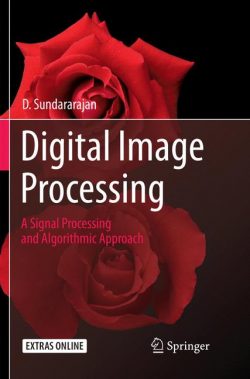This book provides a roadmap for optimizing quality and safety within radiology practices, whether academic or private and irrespective of their national setting. All aspects of the radiology workflow are addressed, from imaging appropriateness, examination scheduling, and patient preparation through to imaging protocol optimization (including radiation dose management), modality operations, reporting (including structured reporting), and report communication. The book highlights innovative IT tools, including clinical decision support, that drive compliance with national best practice standards and guidelines. The use of big data tools to manage and enhance clinical delivery is addressed. Finally, metrics designed to measure the value that radiology brings to patient care and patient outcomes are introduced. Readers wishing to deepen their understanding of contemporary best practices regarding quality and safety will find this book to be a rich source of practical information.
Part I: Introduction
1) Framing the issues
Part II: Imaging Appropriateness:
2) Guideline development
3) Clinical Decision Support Tools for Order Entry
Part III: Imaging Protocols:
4) Informed Use of Medical Radiation in Diagnostic Imaging
5) Approach to CT Dose Optimization: Role of Registries and Benchmarking
Part IV: Modality Operations:
6) Clinical Audit
7) Quality Metrics: Definition, Creation, Presentation, and Use
Part V: Reporting:
8) Reporting: Recommendations/Guidelines
9) Structured Reporting: The Value Concept for Radiologists
10) Clinical Decision Support at the Radiologist Point of Care
11) Report Communication Standards
12) Image Interpretation
13) Transforming from Radiologist Peer Review Audits to Peer Learning and Improvement Approaches
Part VI: Technology’s value during a time of health spending cuts
14) IT Innovation and Big Data
15) Healthcare Technology Assessment of Medical Imaging Technology
“This book provides valuable insights, ideas and incentives for radiology service improvements and, as such, may be considered a useful reference for those contemplating the radiology accreditation scheme ISAS defining quality and key performance indicators in radiology. It also provides a useful insight into potential quality improvements of the future, specifically in reporting (new tools) and education (new content).” (Peter Hiles, RAD Magazine, July, 2019)
This book provides a roadmap for optimizing quality and safety within radiology practices, whether academic or private and irrespective of their national setting. All aspects of the radiology workflow are addressed, from imaging appropriateness, examination scheduling, and patient preparation through to imaging protocol optimization (including radiation dose management), modality operations, reporting (including structured reporting), and report communication. The book highlights innovative IT tools, including clinical decision support, that drive compliance with national best practice standards and guidelines. The use of big data tools to manage and enhance clinical delivery is addressed. Finally, metrics designed to measure the value that radiology brings to patient care and patient outcomes are introduced. Readers wishing to deepen their understanding of contemporary best practices regarding quality and safety will find this book to be a rich source of practical information.
Describes contemporary best practices concerning quality and safety
Highlights innovative IT tools to manage process and workflow
Addresses use of the value chain to re-engineer radiology





